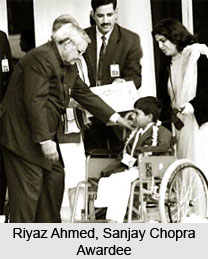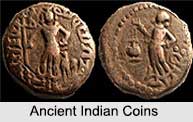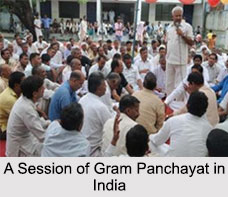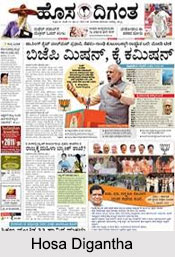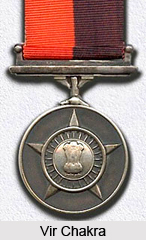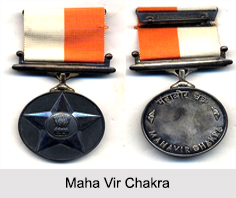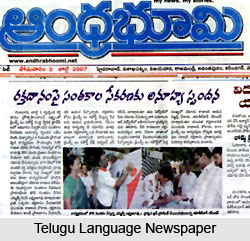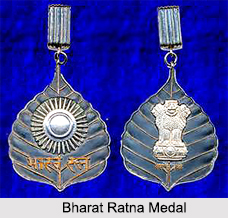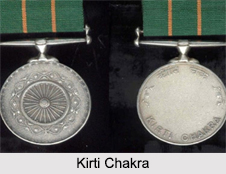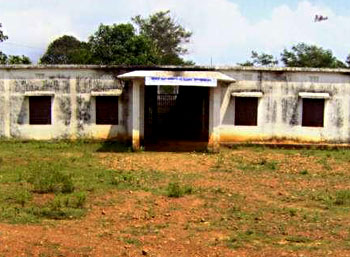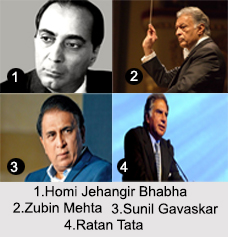Absolute Monarchy is a form of government where a single individual, often known as a king or queen, exercises complete control over all aspects of government. The position of monarch in such countries remains hereditary. In Absolute monarchy , the ruler has all the power to rule the country without being responsible to any law or authority. It is generally presumed that in ancient India, the prevalent system of Government was Absolute Monarchy. Ancient India was administered by kings and thus the system was monarchical.
In ancient India, the citizens were subjected to the authority of the state. The Ancient Society proceeded with the king who eventually became all-powerful monarch . He had an elaborate court of many officials with the chief queen (Mahishi) who was expected to help in the decision making process. With the advent of Mauryan rule, Absolute Monarchy in India commenced. Absolute monarchies are always authoritarian in nature.
The concept of Absolute Monarchy came to India just after the early centuries of the Christian era. During that period the whole of India experienced absolute monarchy. The system demands the king as the supreme authority of the land and the word of the king was law. The empire in the period of the Mauryan Dynasty rule extended almost all over the Indian subcontinent. During the period of Mauryas, Guptas and the Mughals the whole country was divided into a larger number of small and big kingdoms. The rulers were chosen on the basis of heredity. These hereditary kings or sub kings ruled with the assistance of some faithful ministers appointed by them and dependent on will for their continuance in office. The kings depended on the council of ministers for their day to day administration. Furthermore, these ministers enjoyed great power.
In the medieval period Absolute Monarchy in India existed on the principle of King-in- Ministry. The administrative machinery ran with the ministries as an indispensable part. The Mughal rule also continued with the ruler as absolute and thus the emperor was the first of the administration. Along with his Council of Ministers he used to have private meetings for the proper functioning of the government. Thus, the monarch or the king has the power to rule his land or states and its citizens freely, with some law. In an absolute monarchy there is no constitution or body of law above what is decreed by the sovereign.
Thus Absolute Monarchy in India had total power over his people and land, including the aristocracy and sometimes the clergy. In practice, absolute monarchs have often found their power limited, generally by one or other of those groups. In addition to that some monarchies had powerless or symbolic parliaments and other governmental bodies that the monarch can alter or dissolve at will. The coming of the British had changed the whole concept of absolute monarchy and gradually at present the Indian society is subjected to the rules made by the constitution. After independence India has emerged as the largest democracy with a republic character.





